Karl Ferris | Interview | “My Psychedelic photographic style evolved from my self-invented experimentations with colour”
Karl Ferris is a legendary music photographer, who’s most prominent work was during the 1960’s psychedelic scene. Although initially he was a fashion photographer, he shot to fame by working with the likes of Cream, Donovan, The Hollies and of course Jimi Hendrix.
After being introduced to Hendrix by producer Chas Chandler, Ferris went on to shoot the album covers for both ‘Are You Experienced’ and ‘Electric Ladyland,’ as well as many other classic photos. Because of his pioneering work in the 1960’s, many consider him to be the principal innovator of psychedelic photography, and was known by musicians and the press as “The Icon With The Nikon”. Recently, some of his artwork and previously unseen snaps from back in the day have been made available to purchase for the first time as an NFT.
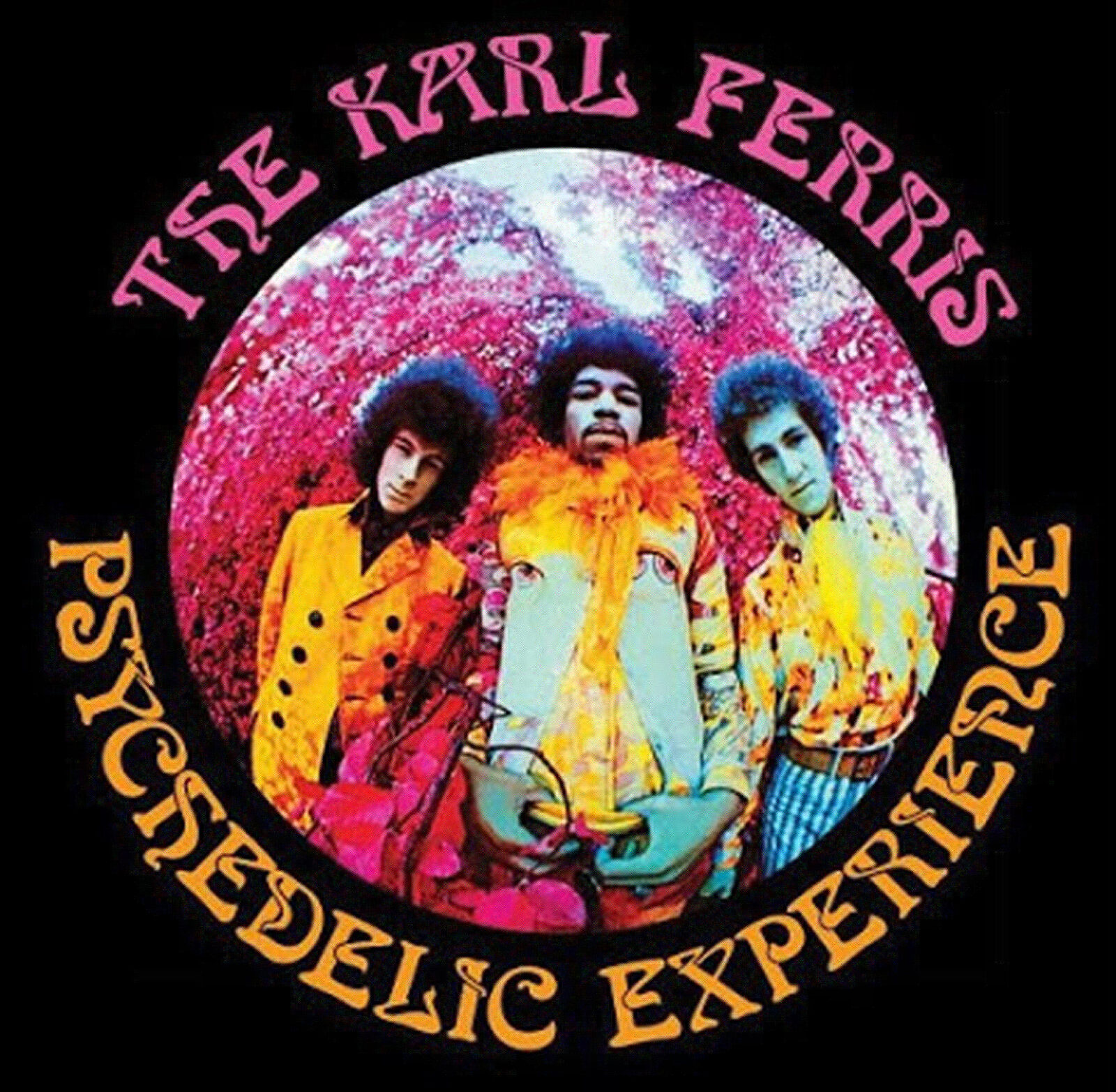
Three Music Industry executives have come together to launch a ground-breaking platform, MusicArt, which uses cutting edge blockchain and NFT technology to revolutionise the way we appreciate music artwork, old and new. The platform champions works from legacy and new artists alike. On launch, MusicArt boasts exclusive pieces from art rock icons. These include the works of contemporary music art pioneer Mike Dubois (The Grateful Dead, The Allman Brothers Band, Fleetwood Mac, The Rolling Stones), record sleeve legend Ioannis (Blue Öyster Cult, Deep Purple, Starship), and psychedelic photographer Karl Ferris (Eric Clapton, Cream, Jimi Hendrix).
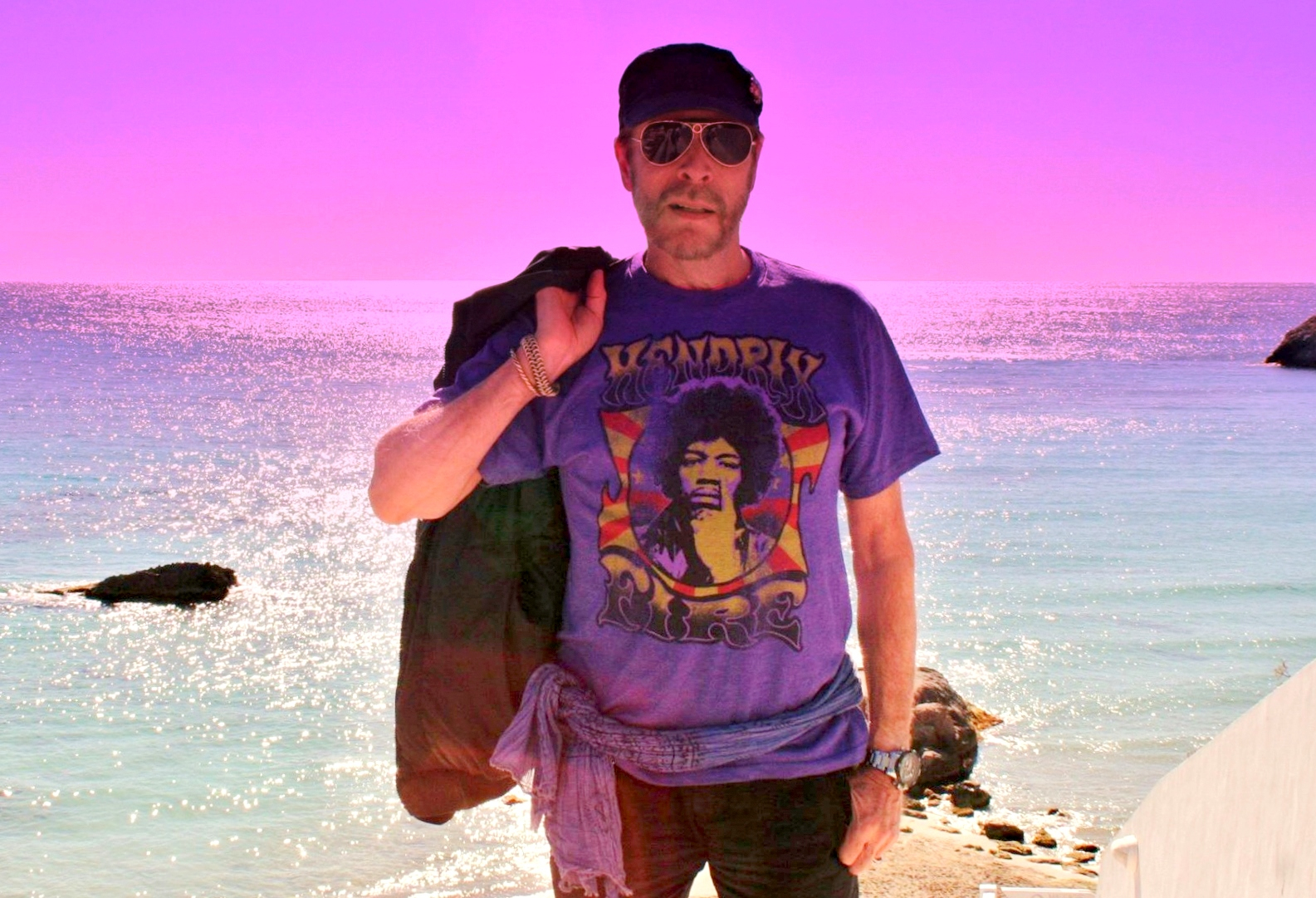
“I really got into Pre-Raphaelite paintings and Art Nouveau”
It’s a great pleasure to have you. What was your home like when you were growing up? Was there a lot of art or music around your house? Were either of your parents or any of your close relatives musicians or artists? Or maybe just extremely interested/involved in the arts?
Karl Ferris: As a child I was more into history than art or music – I grew up on the east coast of England, in Hastings, so, Battle Of Hastings and the Norman Conquest. The area was kind of imbed with that history and when I learned that my name – Ferris – was first recorded then I became fascinated with the Medieval period. I used to cycle around the castles and let my imagination run wild. I guess you could see some lines between that and the psychedelic period….like my shots of Donovan at Bodium Castle, or the fabrics I used.
I was directed into the arts by school, really. I loved my art classes and went straight on to attend Hastings College of Art, where I really got into Pre-Raphaelite paintings and Art Nouveau. So you can see the kind of influences that helped me to shape the psychedelic aesthetic.
What was the local music scene like where you grew up? Did you get involved in that scene? Do you feel like it played a large role in shaping your musical or artistic development?
Music really came later. When I was in art college I was kind of into Modern Jazz but it was after my national service in 1963 that I really got into the music scene. A buddy of mine – we were both doing our national service with the RAF – he was in a Mersey Beat Group so he used to play all these records for me, and then I went to visit him and I got to see – and meet – a lot of the bands. The Beatles was one of those, of course. I was hooked then, you know? So I was into that, and Modern Jazz still, and when I moved straight after my service to Vancouver, because my parents had emigrated there, I became a real Beatnik. Coffee bars, poetry, progressive jazz and so on. I mean that was new then, right? So it was exciting. And got to see so many of these amazing jazz musicians and I photographed them. And I started to get published in newspapers and so on.
What was your first camera and how did that come about?
A Military camera then a Nikon F…Well I mean I learnt the basics at art college of course, and then what I actually did for my national service was to train as an aerial photographer. I’d be lying in the underbelly of a bomber, taking photos of potential targets. So I used all of that, but it was always my intention to be a photographer and designer. When I moved to Vancouver I got myself a dream job, really, working as an assistant to Harold Nygard who was a master photographer in the vein of Ansel Adams. So I learned a lot from him. At the same time I started photographing the jazz scene in Vancouver and putting together a portfolio of portraits – fashion stuff. Harold was really supportive of me and it was his suggestion that I move back to London because that is where all the big fashion magazines were. At the same time, my friend from the RAF was writing to me saying that the scene in Liverpool was really happening. So I went back to England.
How was it to return to the UK to the London’s Mod scene? And how would you compare the two continents and its alternative people/scene?
It was pretty clear that London and Liverpool were where it was all happening. I mean all the bands were there, and that was where experimentation was – the life. Fashion was a huge part of it all. It was all there you know?
You started working for many magazines including Honey, Petticoat, She and later for Vogue, Harper’s Bazaar, Burda, French Mode and Marie Claire. This gives you the opportunity to visit many places around the world.
Yeah, I mean I had some great trips at that time. The first commission I had to travel for was for a shoot in Ibiza which became a really important place for me. I ended up settling there, though I am now thinking of coming back to London. To get there, at that time, meant driving down through France and Spain, which I did in my new 1965 Triumph Spitfire sports car – I had to have the right car, you know?! I met a guy on the ferry who had an MGB and we challenged each other to a race to Paris, which I won! I was heading there en-route to Ibiza so I could photograph Eric Dolphy who I had met in Vancouver. He was a phenomenal musician, a kind of Hendrix on the saxophone. And then there was a jazz festival on the Riviera, so I headed down to photograph that too, and I spent some time there hanging out with people like Bridget Bardot and Francois Hardy and so on. As I was dating a French actress who introduced me to the St Tropez scene. That was a great summer, and then it was time to move on to Ibiza to scout for locations, so I drove down to Barcelona for the ferry to Ibiza. Which was love at first sight. Paradise. And I met some great people there. Including Anke, a German model who was on holiday there. I started photographing her a lot, and she became my girlfriend. You know the travelling was much more fluid than just commissions at that time. Creative people were moving around, following scenes and going with the flow. After our summer in Ibiza I was driving Anke home to Hamburg and we stopped over in Amsterdam to visit friends we had made in Ibiza. They were members of the Provos, a group of activists who believed in a free lifestyle, which was a kind of prototype-hippie way of being. But we were already starting to live that way.
How did you meet Maude Bertelsen? And what led you to being invited to sing with The King Bees?
Well I did have another commission for a Danish publication – EVE – in Copenhagen after dropping Anke in Hamburg so I headed there and that’s where I met Maude. At the wrap party for that shoot. We really hit it off. And through her I met some musicians over there who were wanting to form a Rolling Stones cover band. I told them about my time with The Stones who I had met when they played Hastings’ Pier Ballroom. When I first started working for 19 and Petticoat I was really partying with all the models and fashion crowd of “Swinging London” and dating Lisa who was a friend of Twiggy’s and of The Stones’. And I really loved their music. So when I met these guys in Copenhagen they invited me to sing with this group they were forming. The King Bees. And we did some great gigs when I wasn’t busy shooting. I loved Copenhagen, and had a lot of success there.
The Sunday Times published your collaboration with Simon Posthuma and MarijkeKoger – aka The Fool. What do you recall from the time in Ibiza? This was the first time such psychedelic photography and fashions had been seen anywhere.
I had heard about this group of Dutch artists when I was back in Ibiza with Anke in 1966. We had spent a weekend in the countryside catching up with friends and hearing about all the latest gossip. Then I remember sitting in a bar looking up the castle gate ramp to Ibiza old town and there they were. Dressed up in their original brightly coloured psychedelic clothing. I was introduced to them – Simone, Marijke and a hair designer called Mario. They said they needed a photographer to shoot their fashions and a model, so Anke and I went to their atelier/gallery that night. It was a great party – lots of interesting people there. So we stayed up all night and in the morning I shot their designs and the photos turned out great. I sent them off to the Sunday Times who gave them a big spread. That generated a lot of interest and after some more time in Ibiza all together I ended up bringing them to London. I rented a big studio, they came in and shared that with me, and we created some really amazing work.
“The whole lifestyle seemed to change in the summer of 1966”
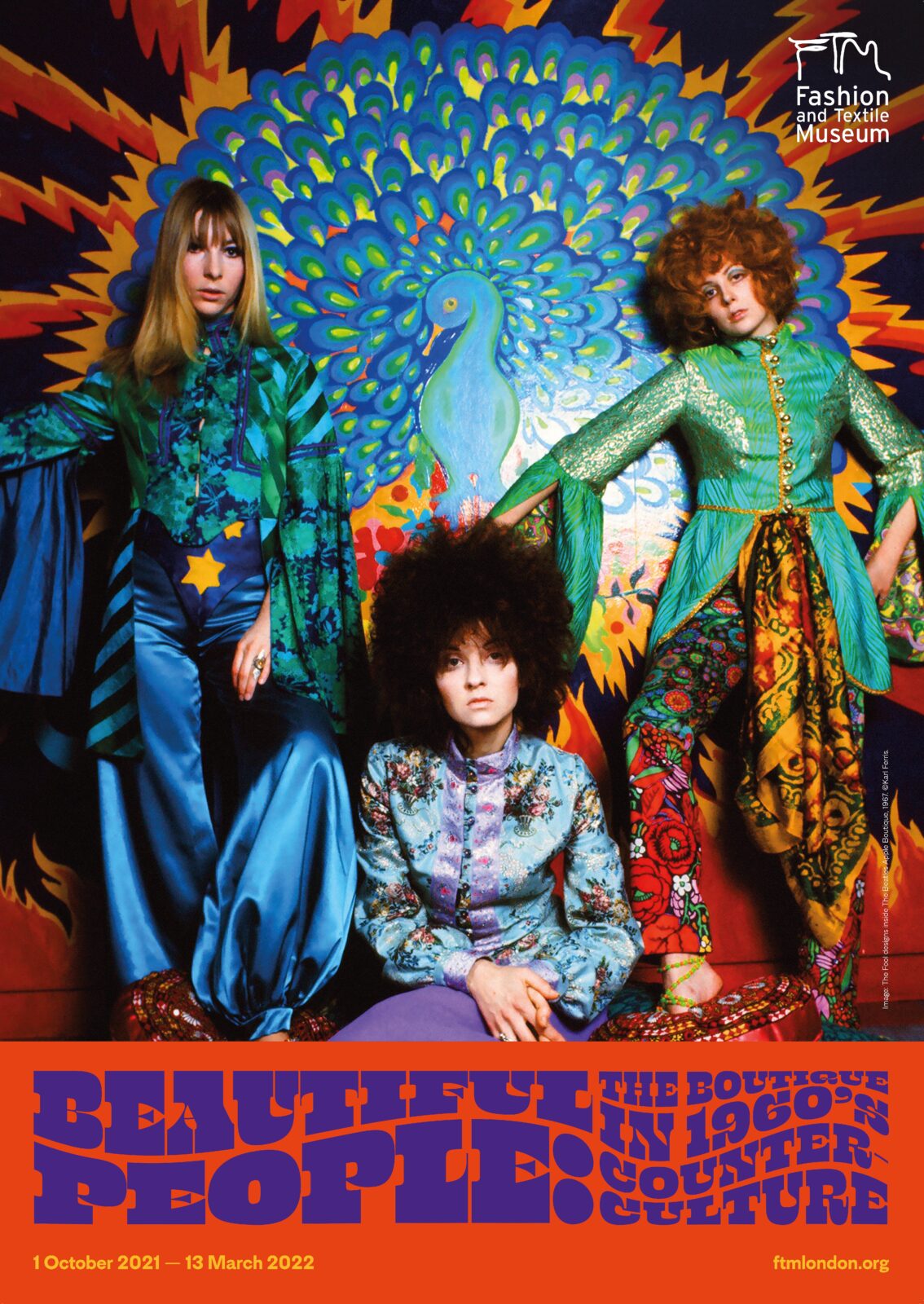
Tell us about the techniques you developed that resulted in what we now consider “psychedelic photography”.
The whole lifestyle seemed to change in the summer of 1966. People were experimenting with mind expanding drugs and I was starting to respond to all of this. Simone and Marijke were making paintings, illustrations, and clothing. I was experimenting with how I photographed it all psychedelically using different filters and exposures. I also started to play with liquid light projections, making slides of coloured liquids to project over my photos.
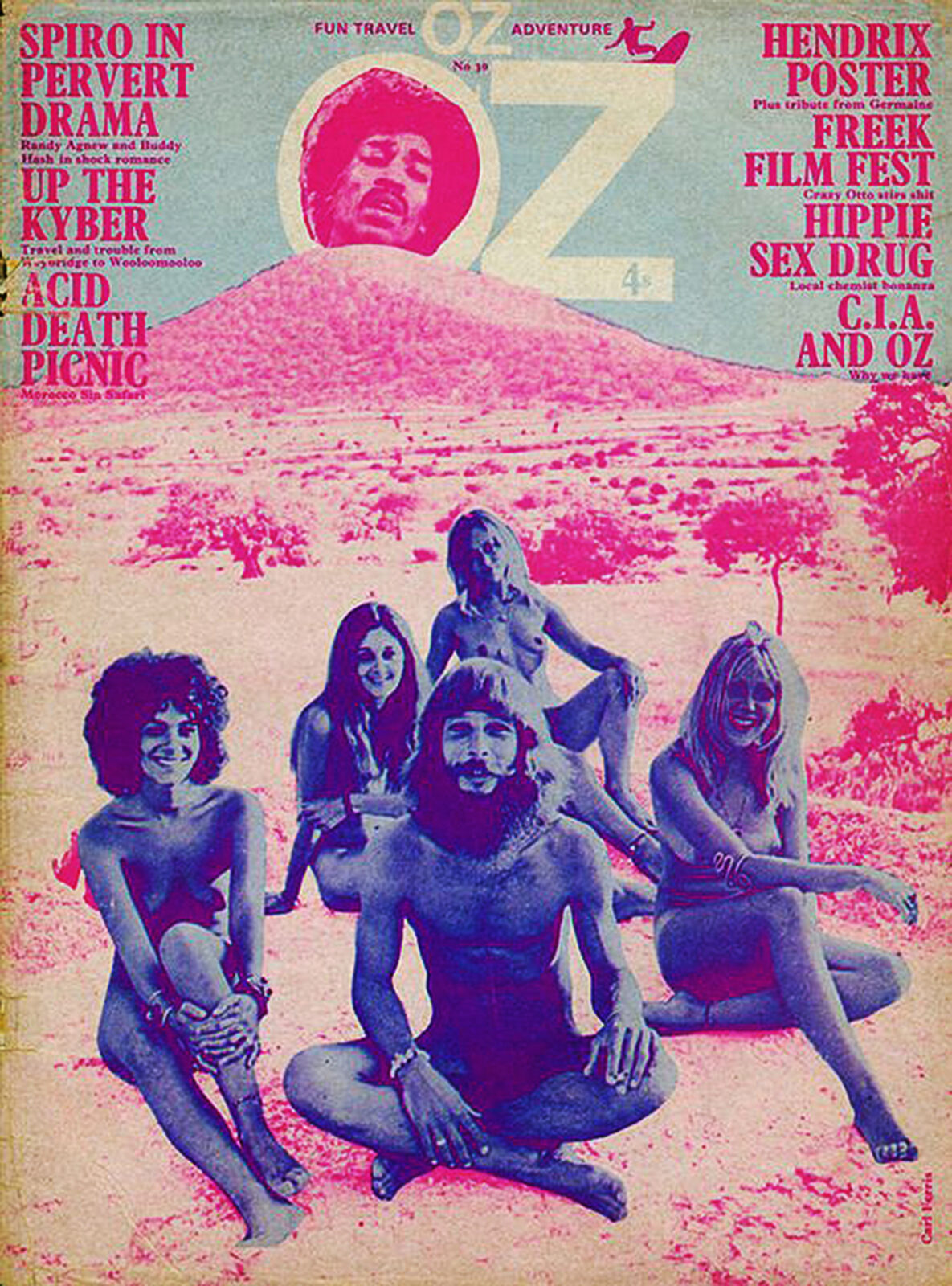
More work in the same style followed in London and you kinda created a visualization for the music playing in alternative London. Tell us about “Art Happenings”?
It was a natural progression, to see how these liquid light projections worked on moving figures, and we were all also aspiring musicians. We would make music, and the projections would be playing over the girls as they danced, and slowly these Happenings got a reputation. Many musicians came through the studio at that time. Graham Bond moved his organ in and helped us compose songs. Many of his friends came then, to do the same. Graham Nash, Eric Clapton, T Rex, Pink Floyd, Paul McCartney and John Lennon. They stayed all night, playing music with us and talking about the New Philosophy as we called it; ‘The Sixties Renaissance’.
And visual artists, too, would “Drop In and Drop Out” as was the common slogan used. Nigel Weymouth, Hapshash and the Coloured Coat, Peter Max and David Hockney all dropped by.
In 1967 The Fool, Simon Posthuma and Marijke Koger along with their colleagues Josje Leger and Barry Finch, were commissioned by The Beatles to paint their “Apple Boutique” mural which has become emblematic of the “swinging sixties”, as well as a Psychedelic Fashion line that was to be sold inside the store. You were there to photograph it all. What are some of the favourite memories from that exciting period of time?
The launch party at the Apple Boutique was a great moment. All the celebrities were there, and the store was beautiful. That mural covered the whole of the inside too. But really I just remember it as a wonderful, creative time in which I had the freedom to expand myself and enjoy it. I was being asked to shoot the likes of Graham Nash, The Hollies, Eric Clapton and I became the in-house photographer for Mayfair Publicity so the work kept flooding in. One memory stands out. When Graham Nash would ask me to come over to his place to hang out and show my projected light shows for his guests. He would introduce me as “The Best Rock Photographer Around”. At the time it was embarrassing but looking back I can cherish that. I did a cover for him with The Hollies after that, ‘Evolution’, which was raved about in the music press as the first psychedelic photo album cover. The Fool worked on it with me, so it was really a collaboration. I think you can see that.
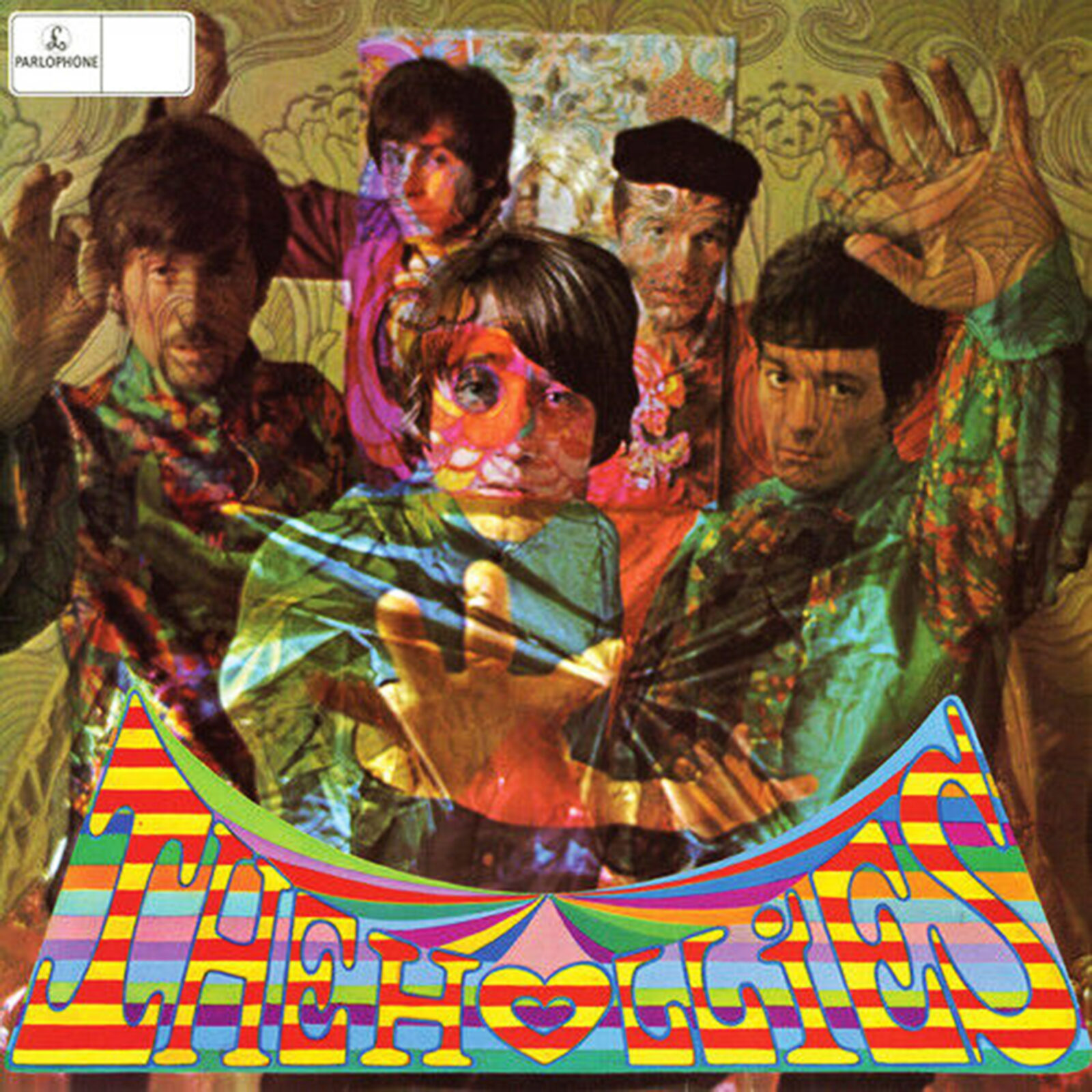
You were also invited to do a stage “liquid light show” for Pink Floyd, which is believed to be one of the first ever done in England. I bet those evenings were some of the most intense shows happening at the time…
Yes, they really loved it and asked me to go on tour with them actually – but I couldn’t do it at the time, as I was too busy shooting fashion and record covers.
How did you meet Chas Chandler?
Jimi had seen the “Evolution” cover and apparently said to his manager that he wanted something like that, for his debut ‘Are You Experienced’ USA release. He hadn’t been happy with the image used on the boring UK cover. So Chad got in contact with me and set up a meeting at Jimi’s flat. I took my portfolio along, and a slide show. He loved my work and we really got on famously – we had both lived in Vancouver for a time and swapped stories about living there. I told him if I was to do the cover for him then I would really need to absorb his music for inspiration. So he brought me along to the Olympic Studios where he was recording ‘Axis: Bold as Love’ and I was blown away.
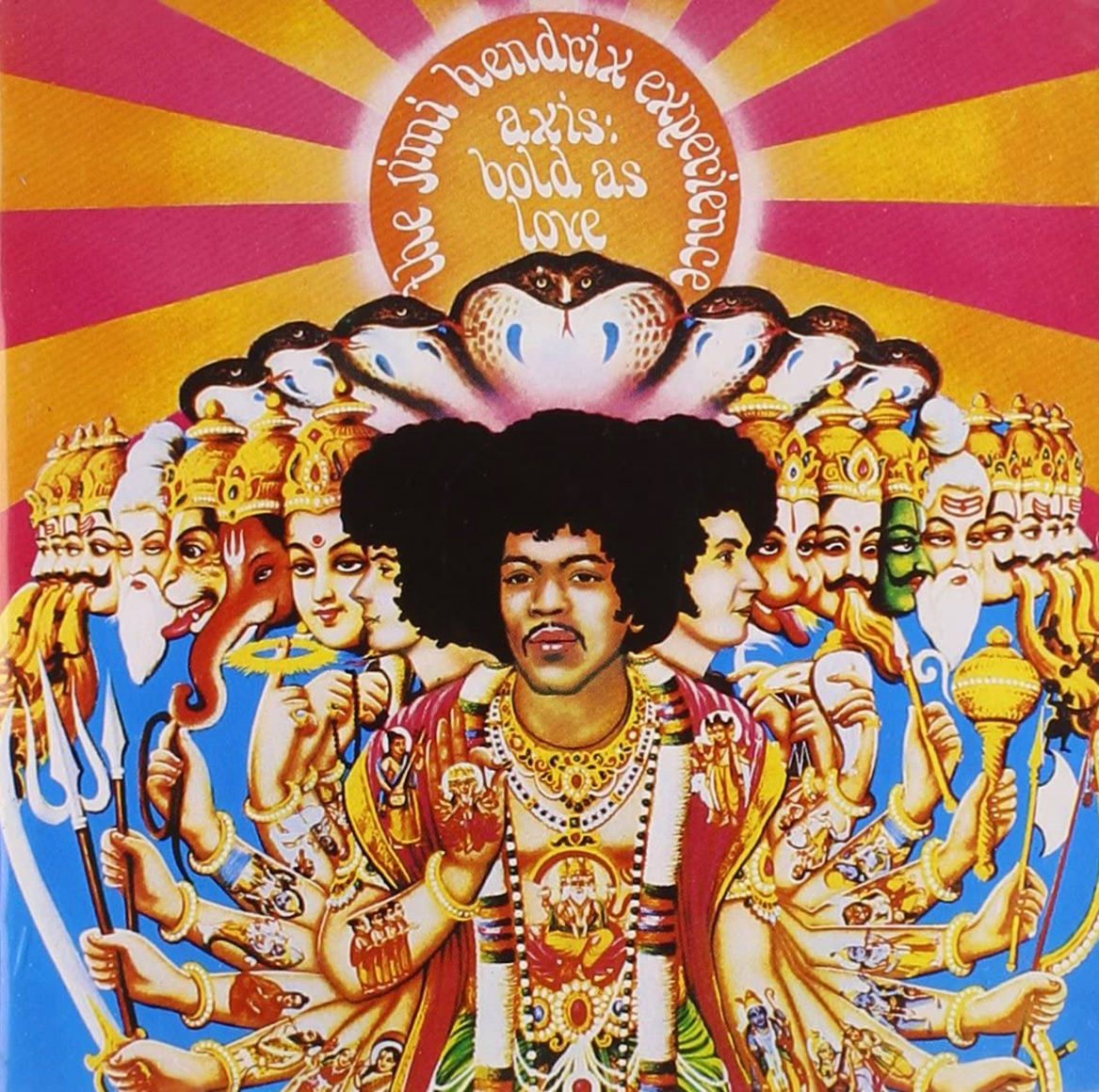
Were you aware at the time that you were part of music history?
Yeah, we all were – I mean I took recordings from that session home afterwards and listened with Anke and raved about it. I thought it just sounded so far out. So other worldly.
What was Jimi Hendrix like?
Jimi was a guiness prince, a Mozart of the late 60s – but he was a quiet, unaffected guy. Kind of shy when he wasn’t playing…But completely extroverted when he was!
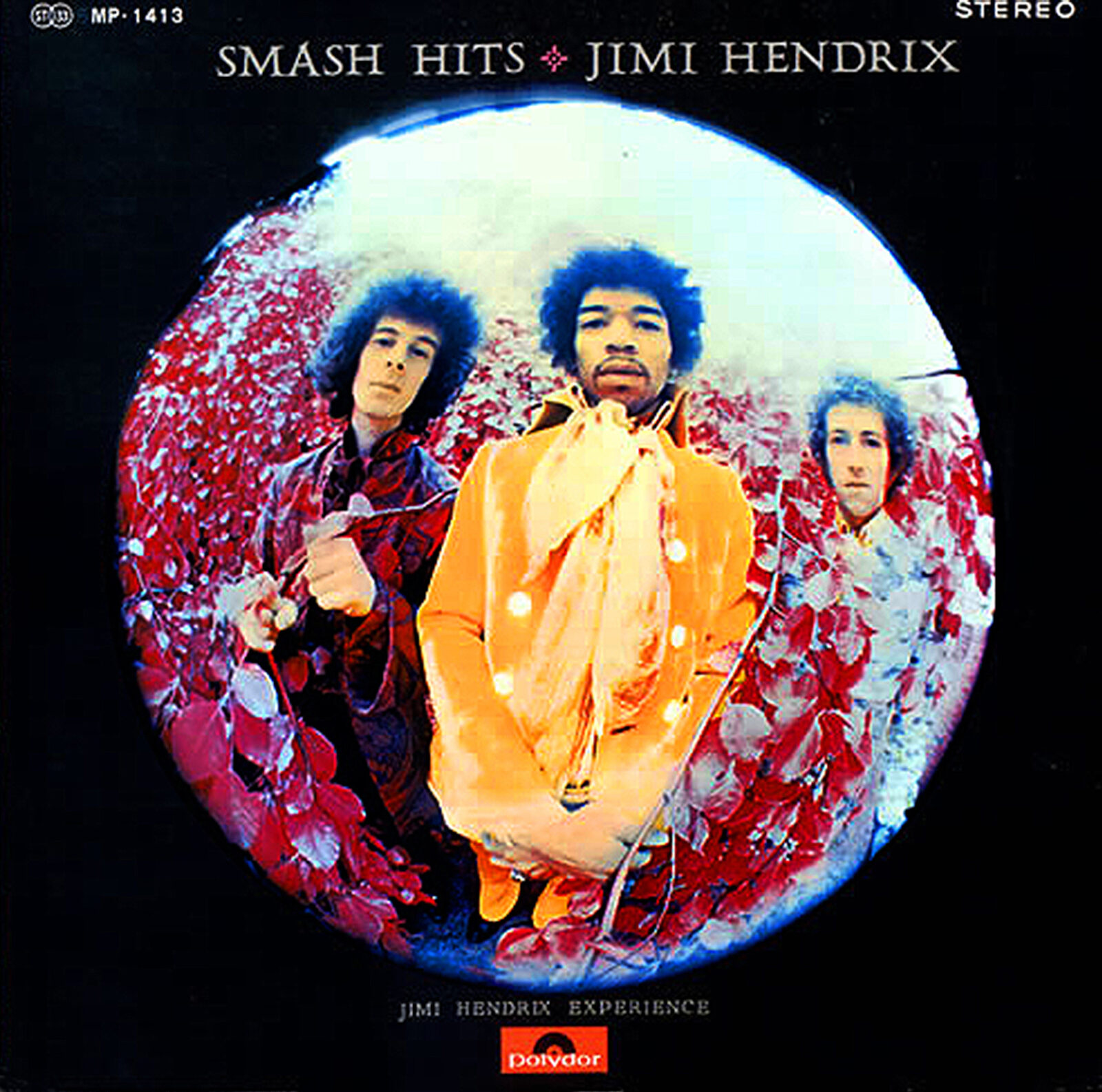
Can you elaborate on the concept behind the photo sessions you did at Kew Gardens in London?
Whilst listening to the music at the studio I started to sketch out some ideas around the group travelling through space in a sphere, bringing their other worldly psychedelic music to us here on Earth.
After ‘Evolution’ was released I was collecting some prints from the Kodak lab and the manager approached me, saying they’d seen my photographs coming through the lab and that they hadn’t seen anything like it before and would like to have an exhibition in their London Kodak Gallery. They gave me some Infrared Colour film which had just been released by the military and that I had coincidentally worked with during my time at the RAF. They were hoping to break it into the commercial market, but weren’t sure how to control it because of the false colour renditions. They gave me a couple of cases of the stuff and I just started experimenting, keeping notes, and eventually managed to work out how to get passable skin tones and a variety of background colours using a combination of techniques. So for this shoot with Jimi I decided to use this film, and combine that with a 6mm Fisheye lens, to create that idea of other-worldly colour and a sphere, or bubble, in which the band were travelling to earth.
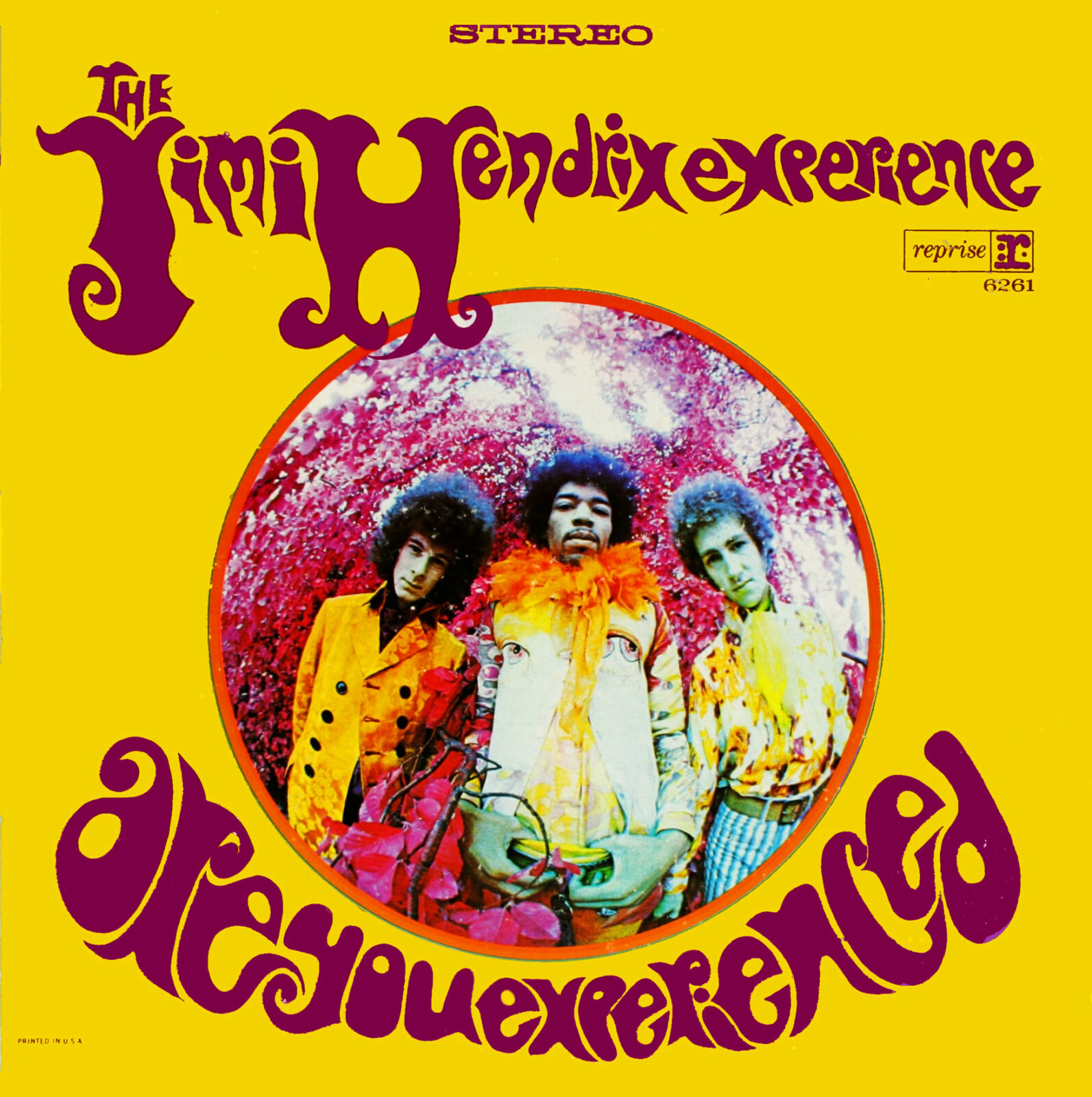
Please share a few more details about the technical aspect of the session.
It was a giant 6mm fisheye lense from Nikon which I used on my Nikon F camera. The location of Kew Gardens was chosen because I knew that the spring foliage there would respond well to the technique I had developed with the infrared film.
“I went to Jimi’s flat to pick out the clothes that the group were to wear”
You also suggested a different wardrobe which stayed with the band until the end.
Yes – I mean I don’t describe myself as a Photographer, because for me it is about making a photo design, be it through the camera and film or the staging, the clothing, everything, to convey what the band wanted to project. In preparation for the album cover shoot for ‘Are You Experienced’, I went to Jimi’s flat to pick out the clothes that the group were to wear. I pulled out a jacket that Jimi referred to as his Gypsy Eyes jacket, gifted to him by Chris Jagger, who is the brother of Mick. Later that night Jimi came out of the shower, before a gig, with his hair all frizzed out, and I told him I thought it looked great – unique and spacey – but asked his girlfriend to trim it into a sphere, possibly the very first “Afro”. The next day my hair stylist Johanna permed Noel and Mitch’s hair to match. So they had a uniform look. We went shopping in Kings Road for the rest of the outfits and that was that. We were ready.
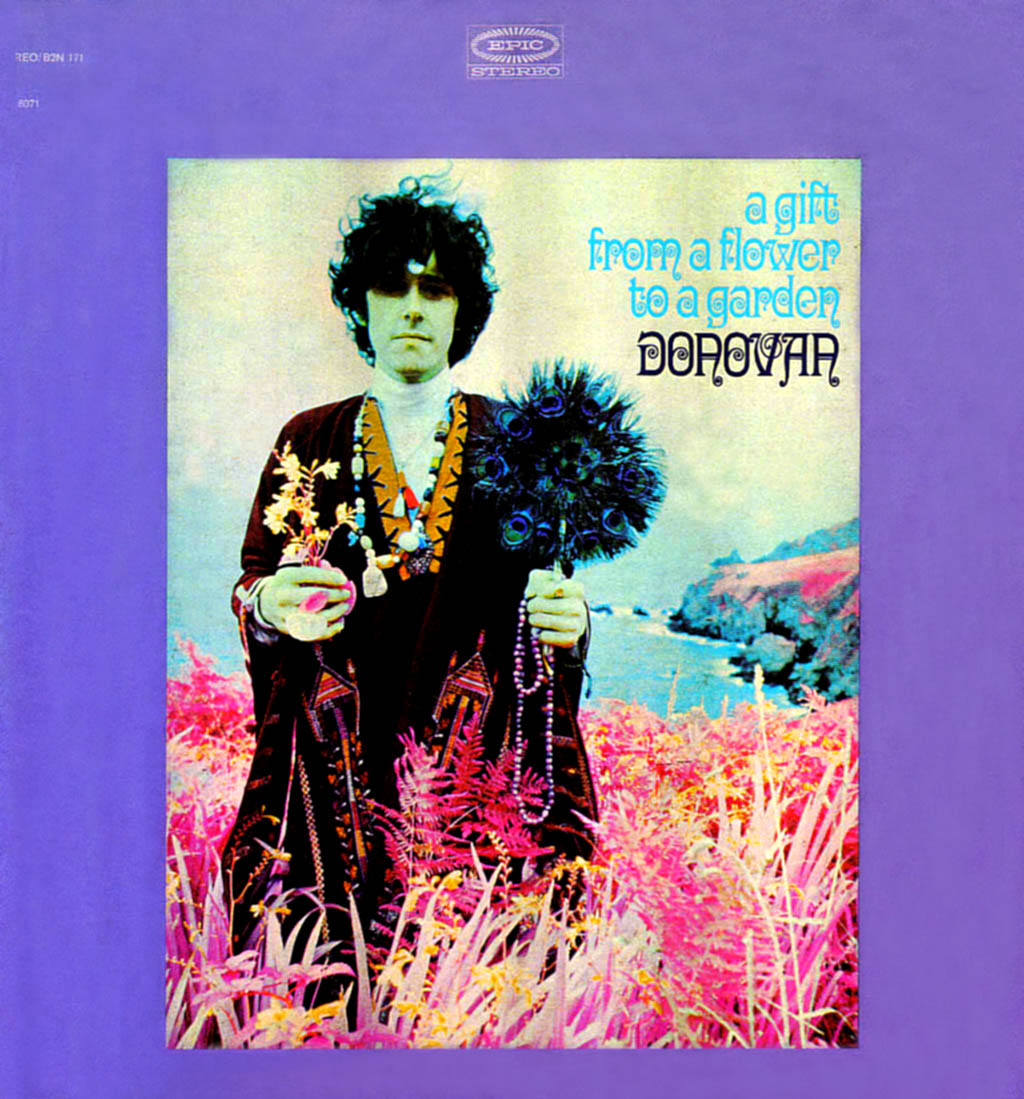
One of my favourite photos of yours are those made for Donovan. ‘A Gift from a Flower to a Garden’ and the ‘Hurdy Gurdy Donovan’ EP. What was Donovan like?
Thank you – mine too. Donovan is still a friend of mine. We met at his home in Hatfield, in his ancient thatched cottage, back in 1967. His manager had approached me about designing his box set album, which was ‘A Gift From A Flower To A Garden’, so Anke and I drove over in the Spitfire to meet with him, listen to music, and I was really inspired. I envisaged a psychedelic, Pre-Raphaelite kind of image of a Medieval Minstrel to convey the poeticism of his lyrics.
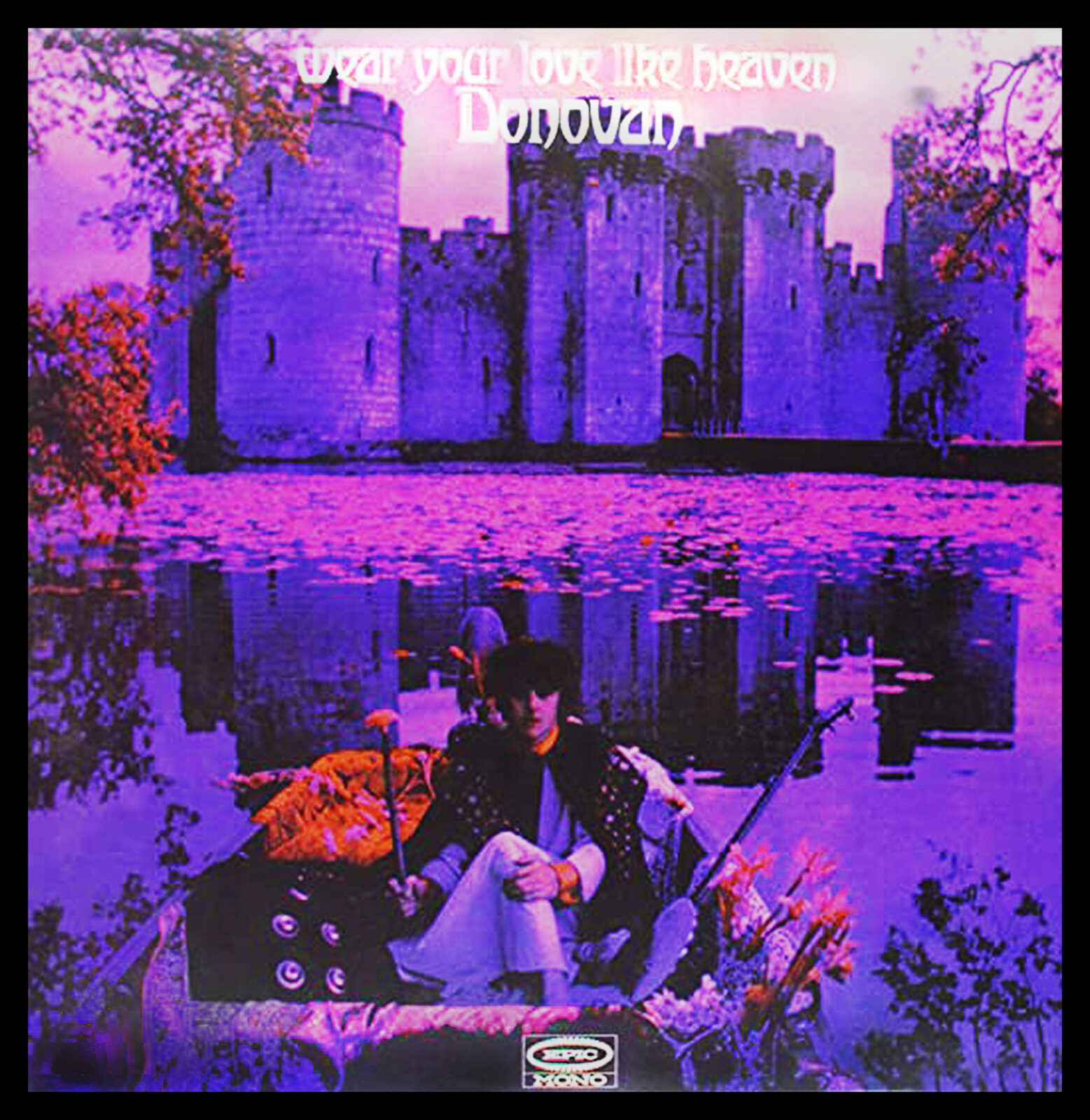
He dug it so much he asked me to create a short film too, in which he would perform some of the songs: ‘Wear Your love like Heaven’ which can be seen here.
DONOVAN “WEAR YOUR LOVE LIKE HEAVEN” MUSIC FILM from HELIXUS PRODUCTIONS on Vimeo.
“I brought Eric [Clapton] a preview copy of Axis Bold As Love which almost put him off playing for a while”
What about the Cream session?
I had first met Eric Clapton when he was with The Yardbirds and he’d said then he would find me some work – took two years but eventually we made it! He had started dating one of my models, Charlotte Martin, so we got back in touch and that’s when the Cream poster sessions came about. I brought Eric a preview copy of ‘Axis: Bold As Love’ which almost put him off playing for a while – he really took it hard – but we had a long talk about it when I saw him next and not long after that he started composing ‘Disraeli Gears’. So, it all came good. All those costumes and the painted instruments are by The Fool. Robert Stigwood, Cream’s then manager, had commissioned them directly.
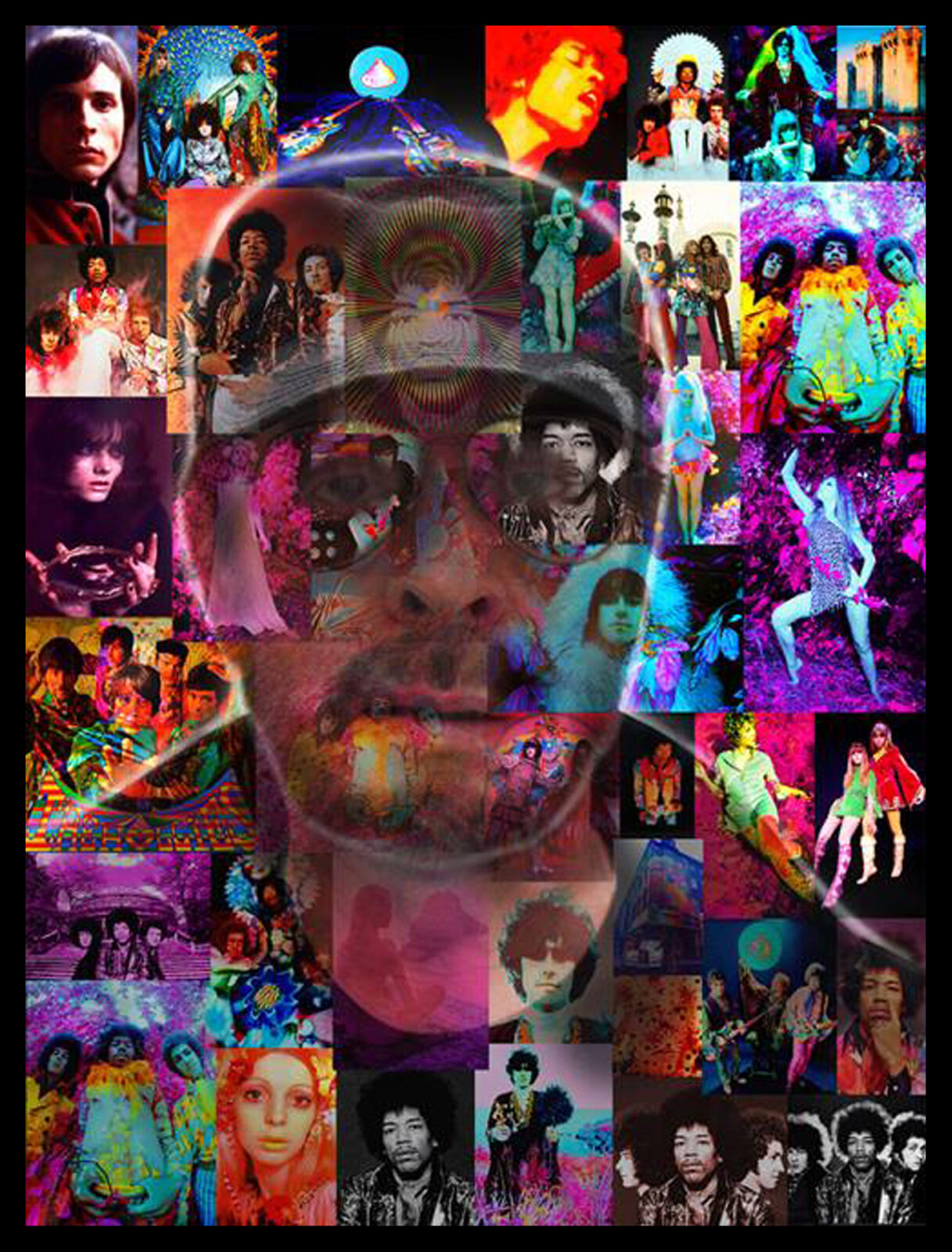
You lived in Ibiza for quite some time and got a visit from Joni Mitchell.
Yeah. Everything was kind of coming to an end at the close of that decade. The Hippy Movement was officially buried in a ceremony in San Francisco, a lot of the musicians and friends I had known were moving out of London, and Anke and I got married. She became pregnant not long after that and we decided to move to Ibiza, where we had met, to raise our baby. I opened a studio, and we were welcomed almost as celebrities. Eventually we bought a beautiful house, named it “Strawberry Fields”, and set about celebrating with a huge Full Moon Party. When Joni Mitchell was visiting Ibiza she sent me a postcard saying that our mutual friend Graham Nash had told her to look me up, so she did. I visited her at her hotel and she sat down and sang me ‘Carey’ and ‘My Old Man’ which would form part of her album, ‘Blue’. Beautiful. I invited her to Strawberry Fields, and to show her around the real Ibiza. Imagine Anke’s surprise when I came back home with Joni Mitchell! Anke cooked a wonderful supper and we all spent the evening around a bonfire, smoking pot, and Joni playing with us. Great memories. I mean she was the great queen of folk rock. We all spent the next few days together, going to parties – one she sings about in ‘California’ – and performing with Nico the Velvet Underground singer at our second Full Moon Party. Too much to recall here – you’ll have to read my book! Which is available on Amazon.
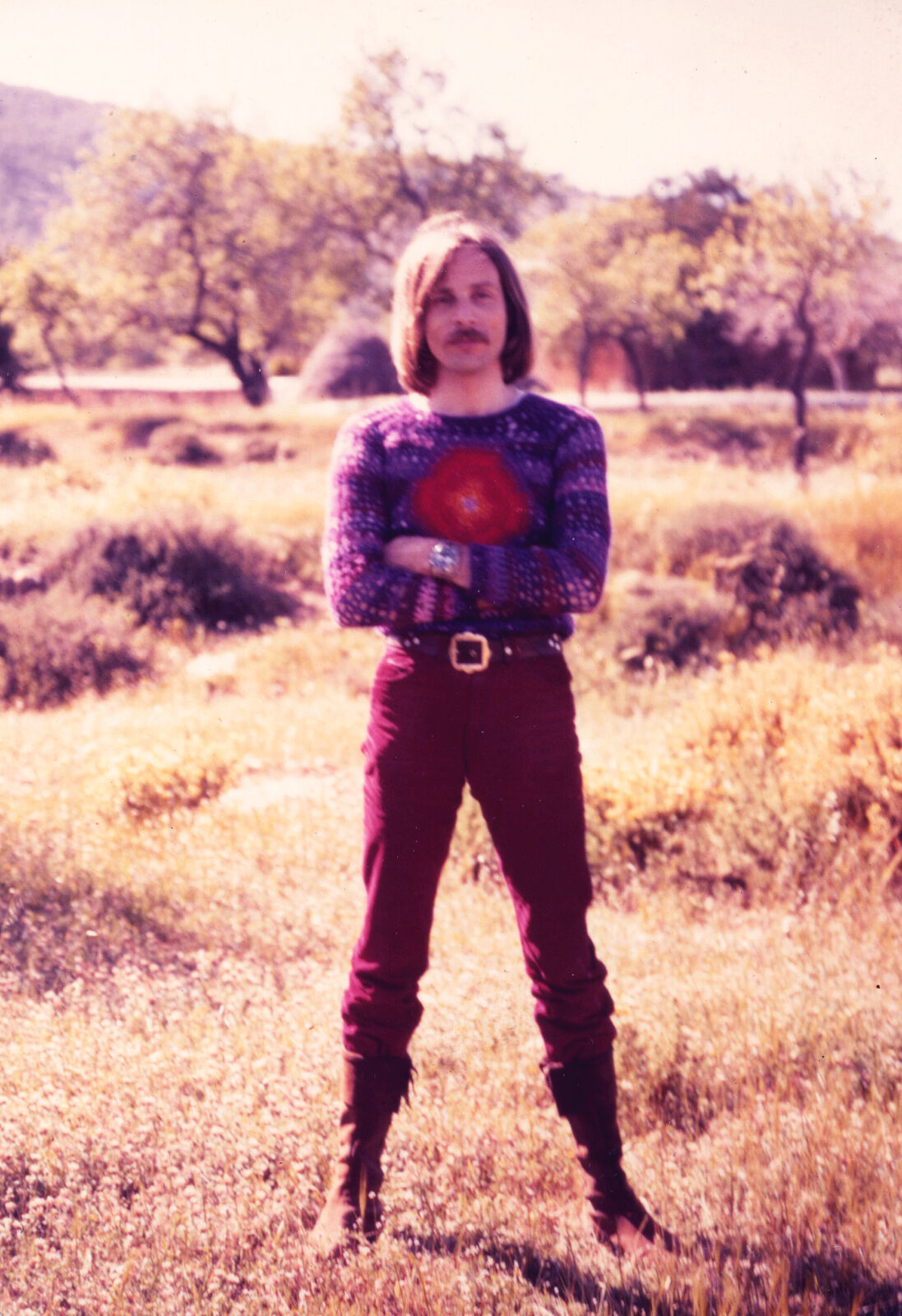
How would you describe your style?
My Psychedelic photographic style evolved from my self-invented experimentations with colour. I think my style is a representation of all my influences, from back in art school through my Beatnik days and then Psychedelia – and my visits to India and Morocco. It’s all in there.
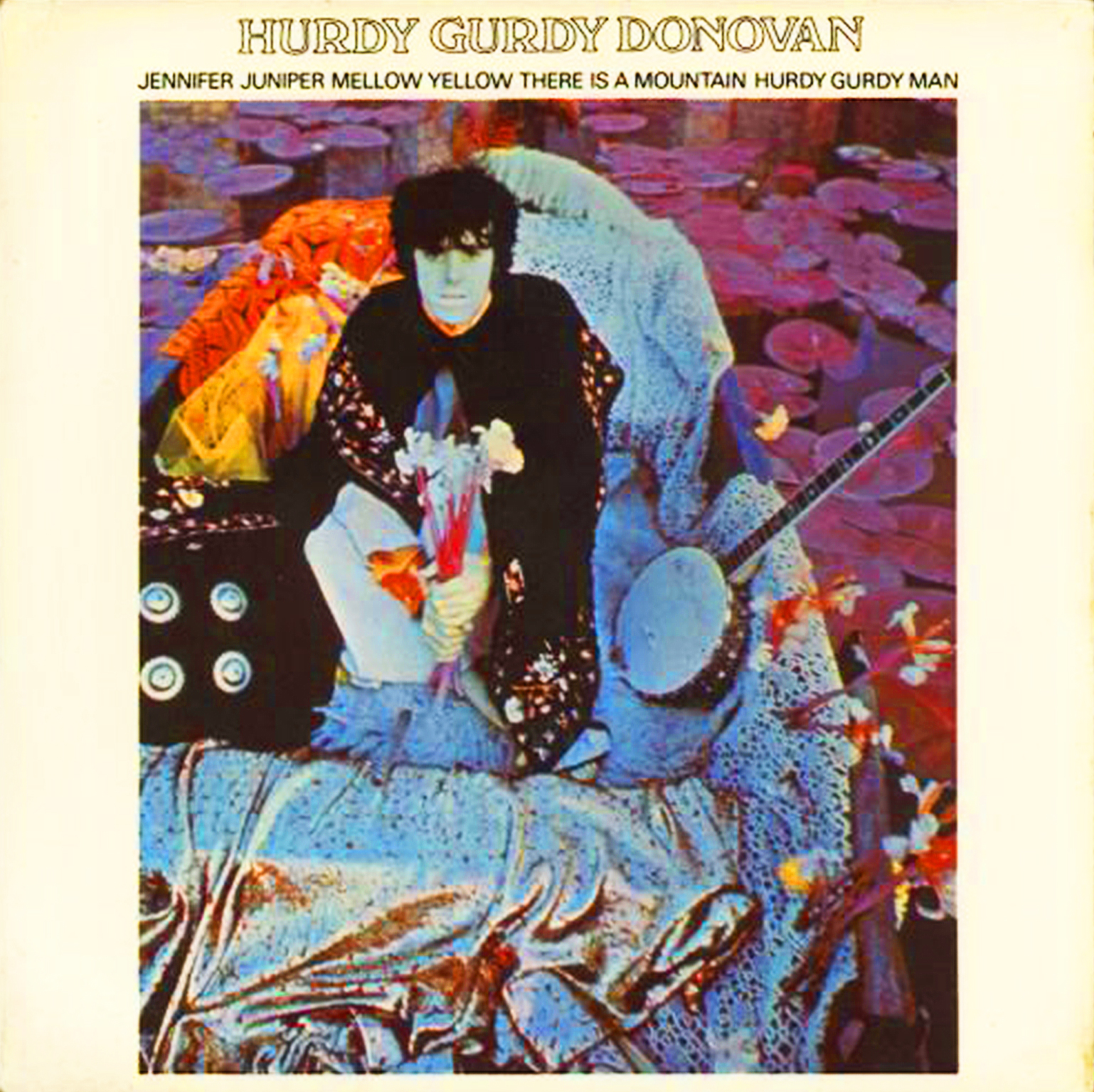
You became famous working with some of the major musicians back in the Sixties. What are some projects you’re most proud of?
Hendrix and Donovan.
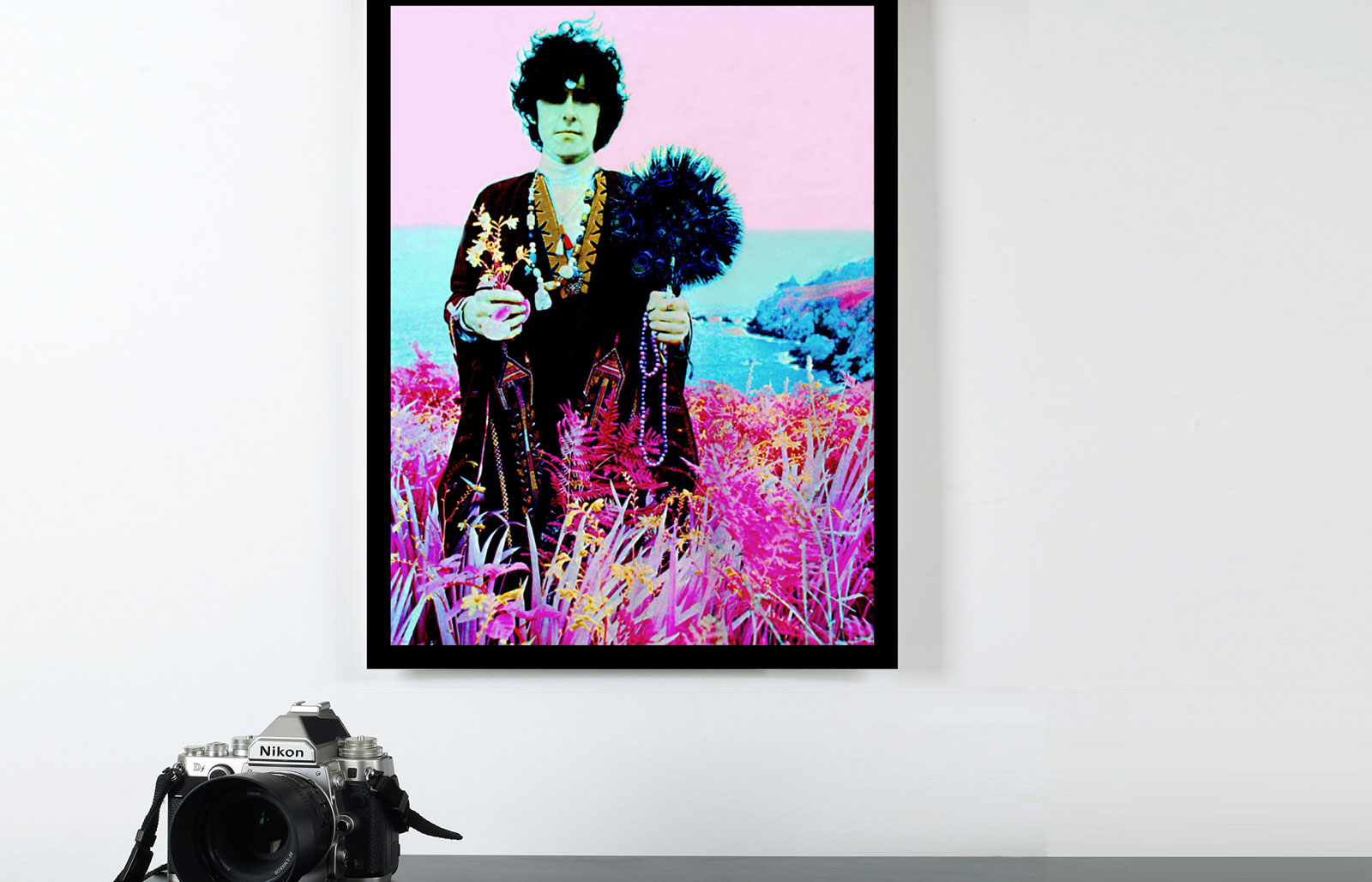
Do you still have a lot of unreleased photos?
I have a huge archive, yes.
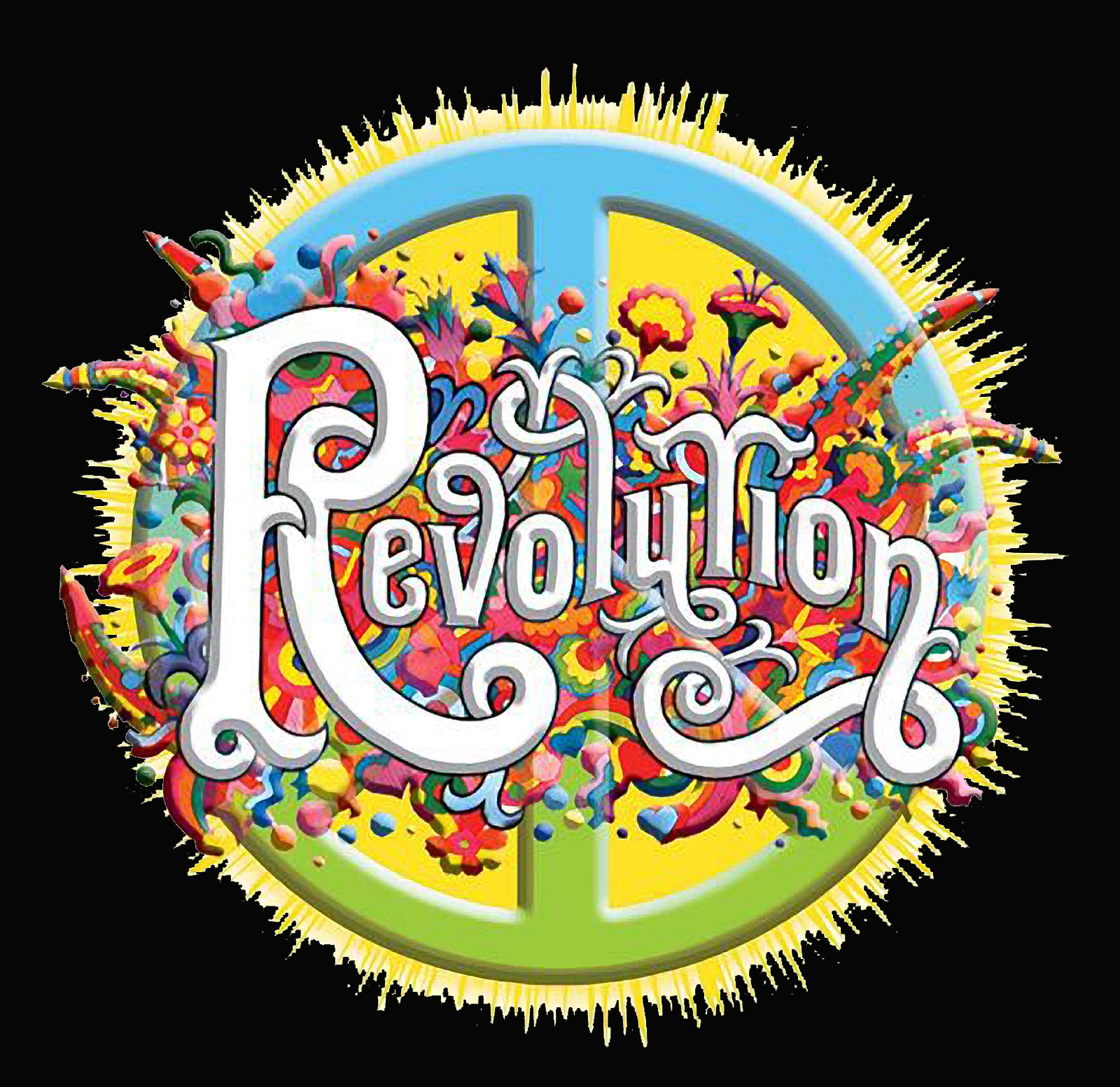
And a documentary film too – ‘REVOLUTION’ – which is the story of the originators and how the 60’s Counter Culture Revolution got started, which is awaiting investment for the final edit and licensing.
“REVOLUTION”, 6 minutes TRAILER. from HELIXUS PRODUCTIONS on Vimeo.
Recently, some of your artwork and previously unseen photos from back in the day have been made available to purchase for the first time as an NFT… can you tell us more about those shots?
Yes, of course. I have been making limited editioned prints of my work for some time, recently working with a UK publisher/gallery, Hypergallery, to exhibit and sell my work. Through them I was introduced to MusicArt who are bringing the art of music – album and single covers, posters and so on – to their specialised NFT marketplace. It’s very exciting. I had been seeing a lot of these NFTs going around and psychedelic imagery popping up in this space and thinking about how to get into it because it just seems perfect for my images. So when MusicArt came my way I was ready. We’ve started out with six still images and five moving images – a real cross section from my most well-known shoots.
Are you excited about the MusicArt platform?
Absolutely – because it is a great outlet for my images and because I think psychedelia is really coming back into vogue. The resurgence of interest in the counterculture that began in the 1960s, the benefits for our way of thinking, all these things that I was part of, has new relevance now. It’s extremely exciting to still be at the vanguard.
Klemen Breznikar
For his new limited edition book “The Karl Ferris Psychedelic Experience” with The Beatles, Jimi Hendrix, Donovan, Cream, Eric Clapton, The Fool and Joni Mitchell, search Amazon.com
For limited edition prints of iconic Karl Ferris photography head to the home of Album cover art: hypergallery.com
For Karl Ferris NFTs visit the marketplace where music art reigns supreme: MusicArt.io
All photos © Karl Ferris
MusicArt Official Website / Facebook / Instagram / Twitter

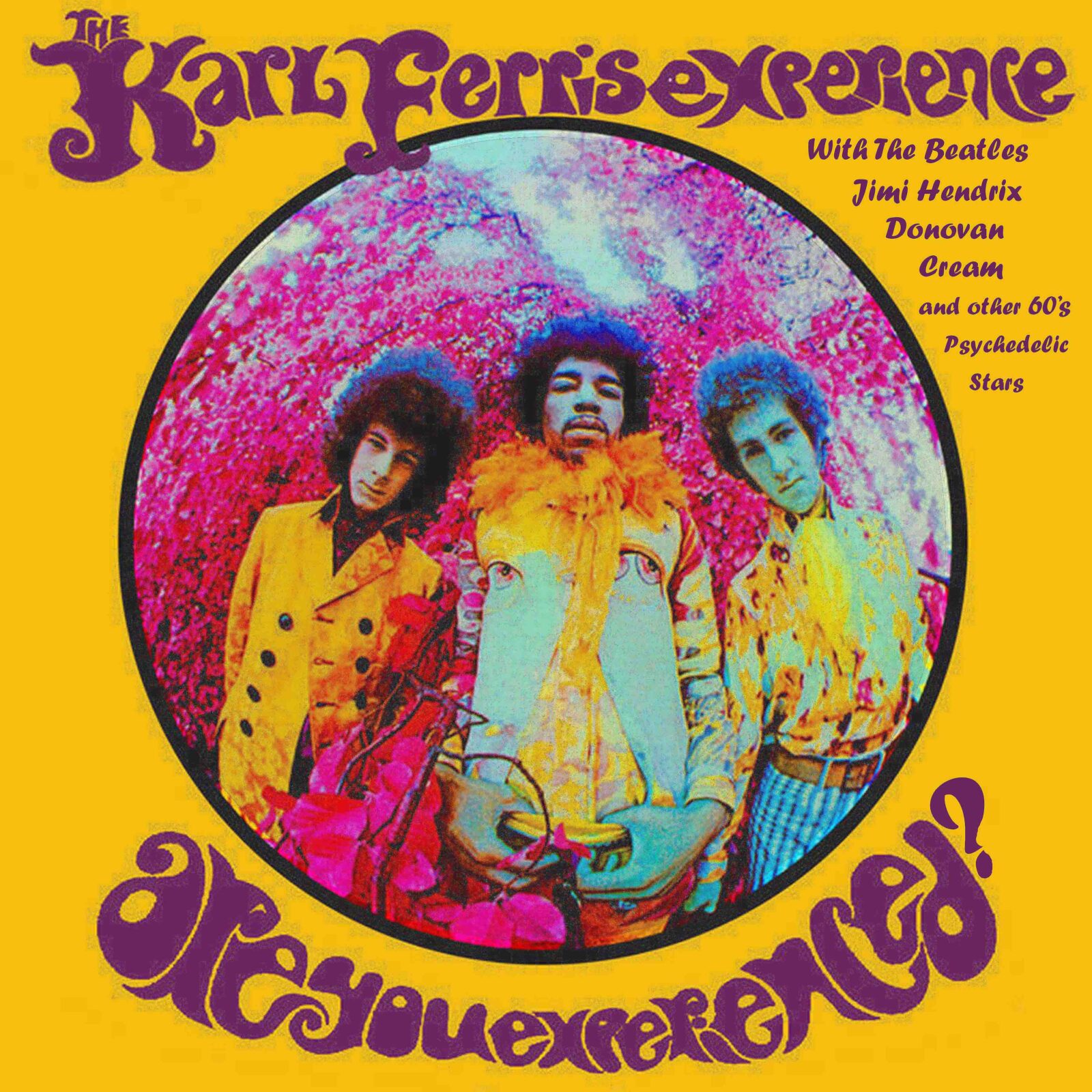



Very interesting interview !!